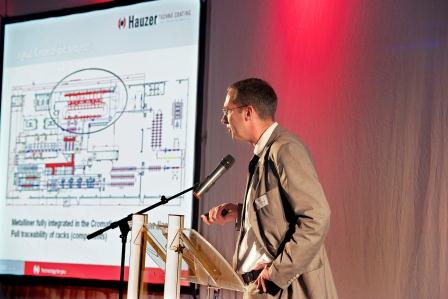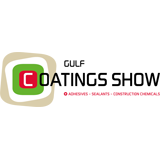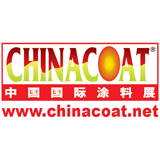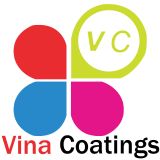|
Environment Protection by Plasma Coating Technology
4/27/2012 |
|
|
In the spring of 2012 Hauzer organized the conference 'Environment Protection by Plasma Coating Technology' featuring many well-known experts.
"Plasma coating technologies can play an important role in environment protection," Thomas Krug, Hauzer CEO, says. "Tribological coatings such as various Diamond Like Carbon (DLC) coatings can reduce friction and thus reduce fuel consumption and CO2 emissions. Each year a hundred million automotive parts are being coated in Hauzer equipment worldwide to help reduce these emissions. Another way to use plasma coating technology for environment protection is developing decorative coatings as alternatives for the environmentally unfriendly 'electroplating on plastics', which dissipates Cr6+, a banned substance in many countries worldwide." Well-known experts from leading organizations, such as BMW, Schaeffler Technologies and Fraunhofer IST from Germany, University of Leeds from the UK, HVM Plasma from Czech Republic, Ionbond USA, Sidasa from Spain and Hauzer from the Netherlands presented their latest developments during the conference.
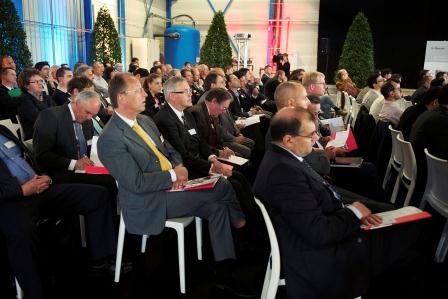
BMW, Schaeffler, Leeds University and Fraunhofer
BMW set the tone by calling CO2 reduction the top challenge of the automotive industry. In their presentation BMW focused on coating solutions for the powertrain, whereas Schaeffler did the same thing for valve train. Both companies showed the potential to reduce friction by applying Physical Vapour Deposition (PVD) and Plasma Assisted Chemical Vapour Deposition (PACVD) coatings on their components. They concentrated on carbon coatings as part of the solution, but also mentioned the importance of interaction with lubrication. Leeds University then explained in detail what the effect of the lubricant is in the tribological system of DLC with oil and steel. Consequently, Fraunhofer IST gave the latest overview of their research on DLC coatings.
HVM Plasma, Ionbond, Sidasa and Hauzer
As the expert on design and production of coating sources, HVM Plasma gave a lecture on target cooling effects in high rate and high pulse sputtering, followed by Ionbond, who presented the audience with their experience with the Hauzer Flexicoat® 1500, a large industrial batch machine used for tribological and decorative coating purposes. Sidasa, the Spanish company that developed Cromatipic®, presented the latest results of this two-layer decorative coating process, which is qualified for many automotive applications. Cromatipic® will have the same levelling effect and glossy appearance that 'electroplating on plastics' has, whereas it is an environmentally friendly, dry process. Hauzer Techno Coating shared their knowledge in two presentations. The first one explained about doped DLC and doped hydrogen-free carbon coating, ta-C, which both show higher temperature stability (> 400ºC) than the normal DLC (limit around 300ºC) and excellent friction reduction properties. The second Hauzer presentation showed the features and benefits of the new inline coating production platform, the Hauzer Metalliner.
All in all the conference was visited by more than a hundred guests, who witnessed the launch of the Metalliner afterwards. |
|
|
|
|
|


